The sheet metal parts, plastic parts, and lights of the car body account for the majority of car damage in car accidents. Hundreds of thousands of accidents involving damage to these parts occur every year. The repair and replacement of these parts are an important source of income for car repair shops and parts manufacturers.
Automotive After-Sales (AS) Market
According to US insurance statistics, the original manufacturer’s car worth US$25,000 will drive a repair market of about US$100,000. In the repair of a vehicle damaged in an accident, the insurance company believes that the increased repair cost of replacing OEM parts may be close to the total price of the car, so it is better to buy a new car instead of repairing it. In some cases, using similar sub-factory parts (that is, non-OEM crash parts) can significantly reduce maintenance costs and help reduce car insurance premiums. If there is no viable market that allows the use of non-OEM replacement parts, then automakers will monopolize the replacement parts industry, and there will be no price constraints or balance. Opening the AM (after-sales) market is in the best interests of consumers and insurance companies.
The substitution of AM parts for OEM parts by American property insurers is legally regarded as a permissible practice. Car manufacturers tried to protect their market by limiting auto collision parts to OE parts through legislation, but they did not achieve it. A new strategy to protect the use of auto collision parts is to site design patents to prevent independent manufacturers from manufacturing and selling auto collision parts. Aftermarket competition using design patents to prevent auto collision parts has become a trend. In recent years, more and more car manufacturers have filed design patent infringement lawsuits with the courts to exclude aftermarket competition. In addition to the United States, they have also filed design patent infringement lawsuits for replacement parts in European and Taiwan courts.
In recent years, original manufacturers have used design patents to eliminate competition in the after-sales parts market. What are the possibilities of opening up the AM market and how to deal with it?
What Are the Auto Collision Parts for the AM Market?
AM auto collision parts are usually sheet metal parts or plastic parts and lights installed on the exterior of the car. Auto collision parts do not include mechanical parts, such as batteries, filters, silencers, shock absorbers, and engine parts.
An AM independent manufacturer refers to a manufacturer other than the original manufacturer of the part. It is also known as a non-OEM manufacturer or sub-factory.
There are three sources of auto collision parts that can usually be used to repair damaged vehicles:- Original equipment manufacturing (OEM) parts are manufactured by the original car manufacturer, and they are brand new parts manufactured by the original manufacturer of the vehicle specifically to match a specific brand and model of vehicle.
- Non-Original Equipment Manufacturing (Non-OEM) parts, also known as aftermarket crash parts, are generic parts produced by independent manufacturers. These manufacturers produce replacement crash parts and are cheaper than original equipment manufacturers.
- Used, rescued, refurbished, or recycled second-hand parts are purchased from salvage companies and garbage dumps. They are usually only used to provide special insurance policies with lower premiums in exchange for the insurance company's right to use the lowest-priced auto collision parts to repair the vehicle. Most of the junkyard parts are OEM parts.
Most of the disputes in the automotive maintenance field and industry lie in the use of OEM parts and non-standard parts.
In the past few years, the use of second-hand recycled parts, salvaged from the garbage dump, has received a lot of attention. The written consent of the vehicle owner is required for the use of second-hand recycled auto collision parts for vehicle maintenance.
Usually, second-hand parts (whether metal sheet parts or car lights, etc.) that appear in the repair shop, come from old car bodies and are in poor shape. They need to be removed from the old car, have rust and contamination removed, and have paintwork redone. Often parts must be sent back until the acceptable parts are available, which will extend the repair time.
In the 1960s, before the introduction of automotive aftermarket parts, only OEM parts would be used for replacement. The sales price of replacement parts increased to seven or eight times the manufacturing cost. In the absence of common parts with similar appearance, the only substitutes for these expensive parts were second-hand parts from other wrecked vehicles. Wholesale companies were able to affect the pricing structure by limiting repairs to only using expensive OEM parts, so that everyone in the replacement parts structure got a huge profit. The car factory that repairs the body had a 40% profit margin, and the dealer who sold the part got a considerable profit. In principle, to repair a fender, the consumer had to pay 500 US dollars using an OEM part, compared to only 75 US dollars if he were to use a non-OEM part.
The development background of the non-OEM replacement parts industry. In the early 1970s, American creativity prompted some enterprising companies to manufacture similar parts in foreign regions and sell them at a fraction of the cost of OEM parts. However, these early non-OEM parts were often of uneven quality, inferior, or made of thinner or weaker materials. Many parts could not be installed properly, had flanges and fins in incorrect locations, would rattle after installation, and required a lot of work to assemble or install. Therefore, until the late 1970s, auto repair shops mainly used OEM parts for repairs.
With the popularity and cheapness of manufacturing technology, independent manufacturers began to manufacture and sell automotive replacement parts at a lower cost, which led to an average drop in the price of OEM parts by 30%. But at the same time, automakers also carried out large-scale public relations and legal activities against the use of after-sales parts, claiming that non-OEM parts were not safe and of low quality. They called non-OEM parts “imitation parts” and advised car owners to not use them. As a result, many insured car owners across the country began to rebel against insurance companies using non-OEM because they believed that the use of these parts was deceitful or would cause harm. The auto manufacturers also claimed that independent research has proven that the quality of non-OEM repair parts is low and that only the design of OEM replacement parts can meet the defined quality, safety, and appearance specifications.
Quality and CAPA certification of non-OEM replacement parts
The U.S. General Accounting Office (GAO) recorded studies on non-OEM replacement parts, but the results varied. One study found that non-OEM parts were of poor quality, improperly assembled, and rust faster than OEM parts. If OEM parts are replaced during car repairs, the parts will cause greater damage in subsequent collisions, which will cause innocent dealers to fall into conflict between insurance companies, car manufacturers, state governments, and consumer rights protectors. However, other studies sponsored by the insurance industry and insurance associations determined that the quality of non-OEM parts does not affect vehicle safety.
The Automotive Certified Parts Association (CAPA) is an independent, fair, non-profit, and completely transparent organization that has no established interest in the results. It was established in 1987 and established and supervised a test plan to ensure the applicability and quality of auto parts. CAPA has become a recognized authority on the quality and safety of parts used in collision repairs in the automotive industry. To determine the quality of auto collision parts, CAPA inspects the manufacturer’s plant, equipment, manufacturing process, and final product. If the inspected parts are the same as the new OEM parts in terms of appearance, assembly, material composition, and mechanical properties, the non-OEM parts will receive CAPA certification. The CAPA quality seal certifies that replacement parts have passed CAPA certification standards, providing independent and objective quality assurance, and can be installed, executed, and used like original parts without further testing. CAPA's professional certification system can control the quality of non-OEM products. On the other hand, it can eliminate low-quality non-OEM products and suppliers. Non-OEM products can only obtain the support of insurance companies and consumers through CAPA certification.
Disputes over non-OEM parts
Repair shops like OEM parts because they fit perfectly and do not require refurbishment or adjustment. However, the repair shop usually does not have OEM parts in stock, so they must be ordered, which will extend the repair time. On the other hand, insurance companies like non-OEM parts because OEM parts are more expensive, and they usually only use OEM parts when there are no other parts available. The owner/insured is caught in the middle. Some people prefer OEM parts, while others prefer non-OEM parts, especially those who need to repair themselves.
- Cost:
Despite passing the CAPA certification, the prices of non-OEM parts are much cheaper than OEM parts. Automakers and those who oppose the use of non-OEM crash parts believe that the cost difference of general-purpose parts will soon be made up by the poor quality of the parts and the negative impact on the resale value of the car. However, insurance companies believe that lower maintenance costs will reduce the insurance premiums for policyholders. If non-OEM parts are not used, the high cost of OEM parts will greatly increase insurance costs.
- Safety:
Generally, insurance companies believe that after-sales parts are only exterior decorations of the car body and will not affect the safety of the vehicle. However, automakers believe that non-OEM parts cannot fit or fit in the same way, which may cause unsafe driving. There is no clear conclusion on the safety of non-OEM parts. However, many non-OEM products have passed CAPA certification, and from the Insurance Institute for Highway Safety (IIHS) research, it can be found that non-OEM parts will not affect the safety of the vehicle.
- Warranty:
For the use of non-OEM parts, guarantees have always been an important part of the dispute. The question is whether the use of non-OEM parts will affect the guarantee of the entire vehicle. Those who oppose the use of non-OEM parts believe that the use of non-OEM parts to repair damaged vehicles will invalidate the manufacturer’s warranty. This argument is unreasonable. MMWA (The federal Magnuson-Moss Warranty Act) stipulates that any guarantor can stipulate the continuous validity of the guarantee, and is limited to the use of authorized repair services or authorized replacement parts for non-guaranteed services and maintenance. MMWA can prevent manufacturers from invalidating the warranty based on the use of aftermarket non-OEM parts or recycled original OEM parts during maintenance. Its purpose is to improve the adequacy of information available to consumers, prevent fraud, and improve competition in consumer product marketing.
Taiwan’s auto parts exports are still mainly to the United States, and it has maintained a market share of about 40% in the U.S. market. Taiwan’s auto parts manufacturers do not necessarily have to manufacture OEM parts. Independent manufacturers of non-OEM parts want a place in the AM market. They must find ways to save themselves and think about how to use the IPR or PGR procedures in the patent system to strike the validity of design patents of original parts, or obtain the original manufacturer's patent authorization.
On the other hand, you can use the searched previous technology or the original design patent applications of auto collision parts to analyze the scope of patent protection or limit the scope of patent rights, and prepare to make good use of it in infringement litigation in the future. In addition, if independent manufacturers have considerable development capabilities, they can find a patent firm or attorney who is familiar and proficient in design patents to help analyze the scope of protection of design patents, to find avoidable design spaces, and research and design enough avoidance design into the scope of protection.


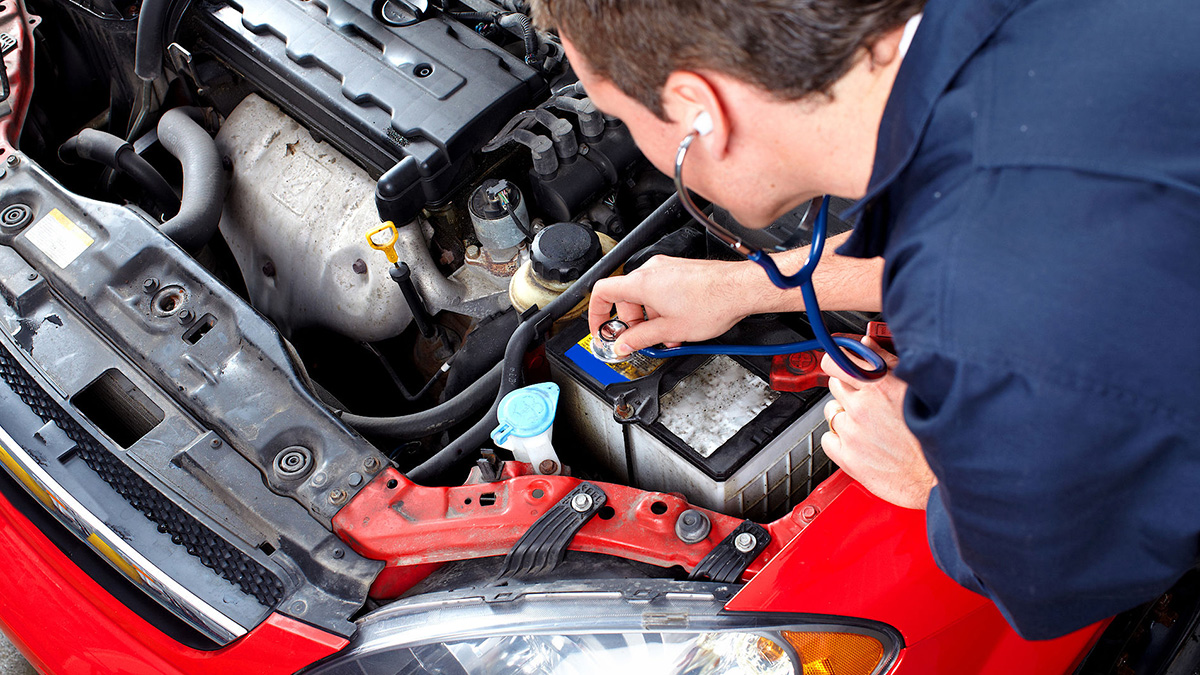
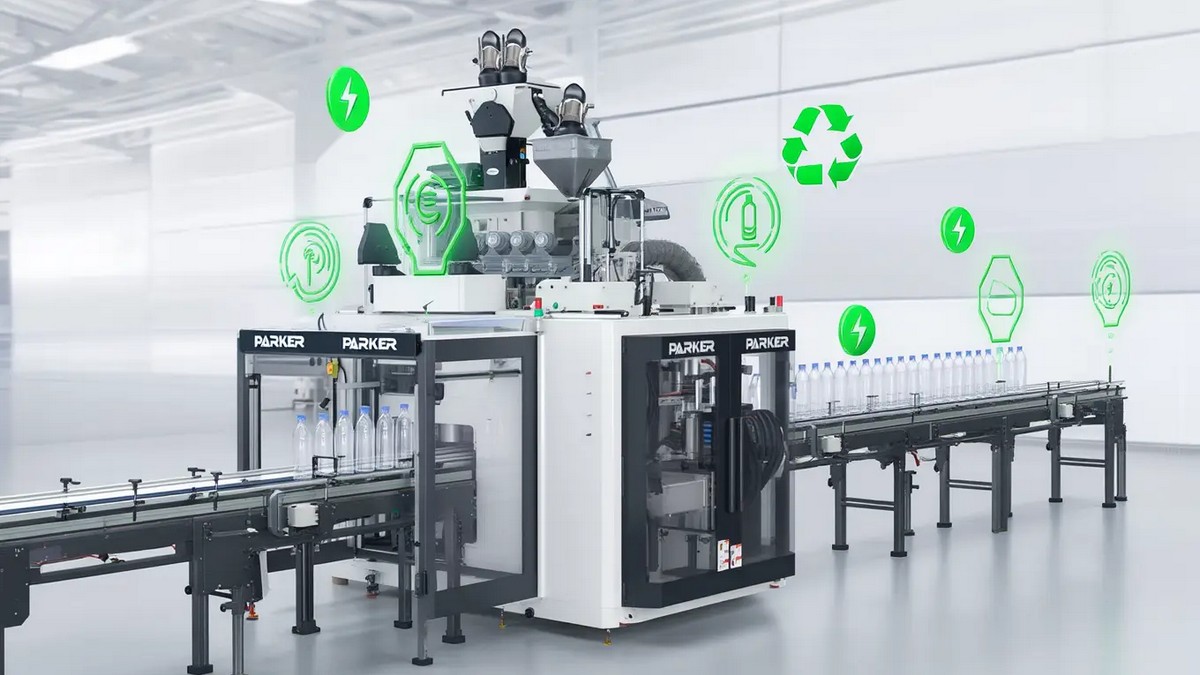
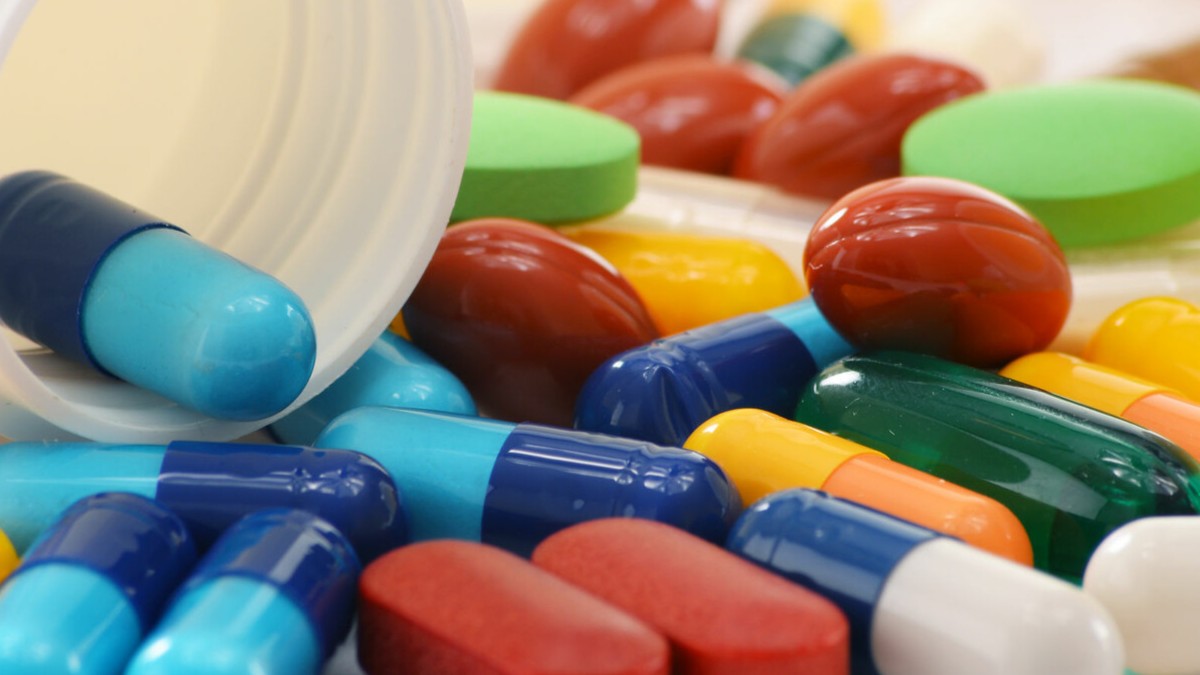
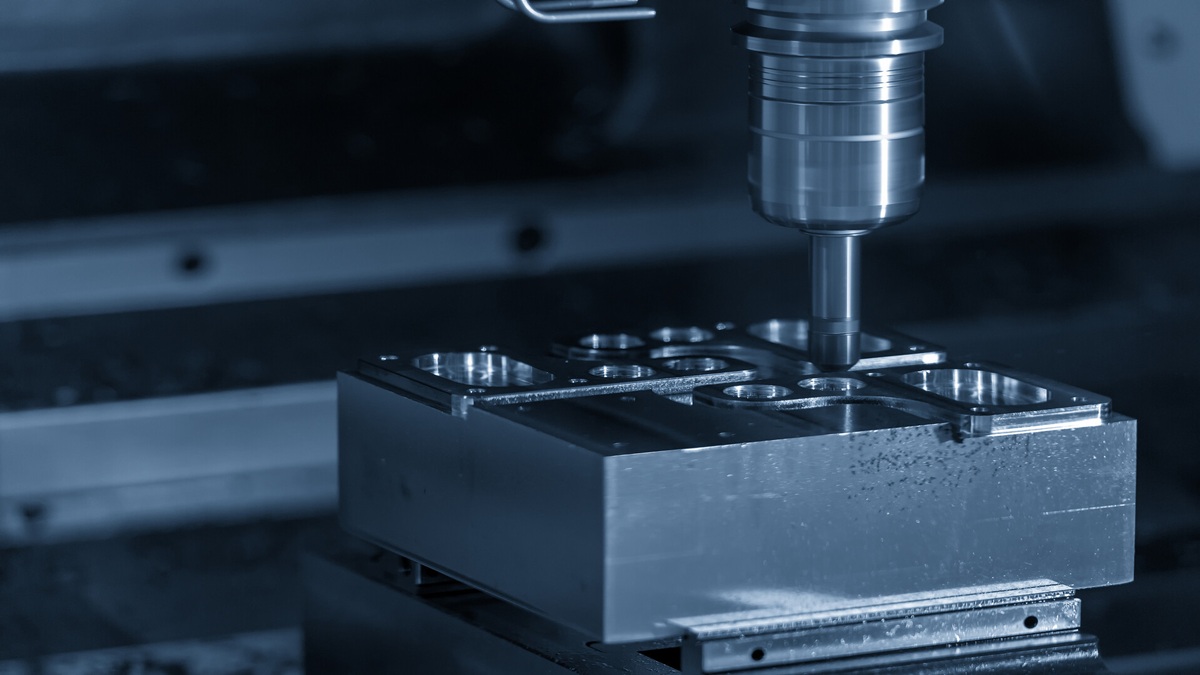



.jpg)
.jpg)
.jpg)

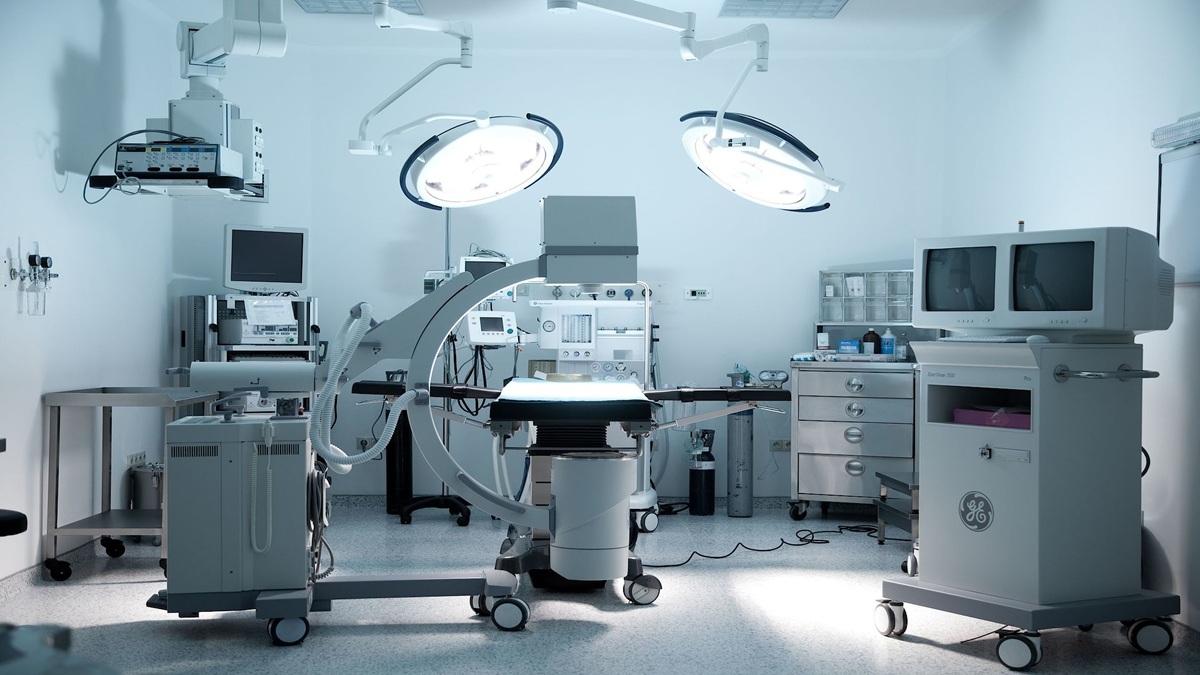
.jpg)